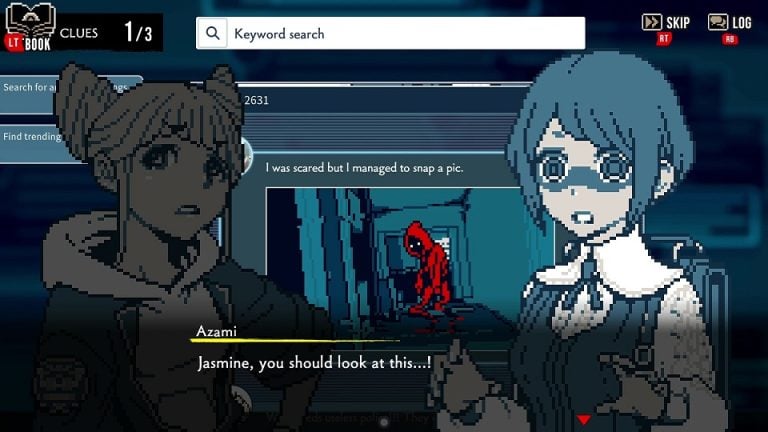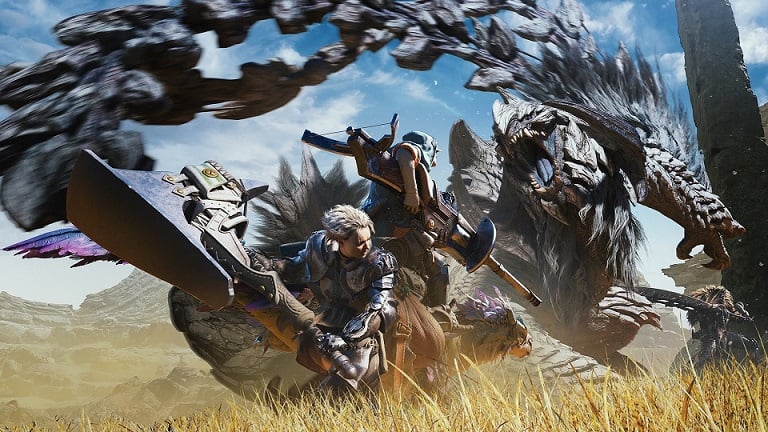The mystery behind Mario’s shadow in Super Mario 64 has been attracting attention again lately. In successive versions of the classic 1996 N64 game made available on Wii/Wii U Virtual Console and Nintendo Switch Online, Mario’s shadow gets progressively larger to the point that it looks ready to swallow the poor plumber’s feet. A recent explanation shed light on why this is happening.
Attention was drawn to Mario’s growing shadow late last December by the X account for the Supper Mario Broth blog, which highlights obscure Mario content and trivia. In the comparison image in the post below, you can clearly see Mario’s shadow move further off the ground to cover more of his feet with each successive official N64 emulator that game has been run on. But what is causing this phenomenon?
Responding to the original post almost a year later on October 27, 2024, experienced N64 modder Kaze Emanuar explained why this mysterious shadow issue is likely occurring.
Shadows in Super Mario 64 were created in a way that causes issues for N64 emulators
Mario’s shadow in Super Mario 64 is rendered using the decal render mode. This involves simply pasting flat decals onto the surface of a 3D model. However, developers have to deal with an issue called Z-fighting when displaying Mario’s shadow on devices other than the original N64 platform.
Z-Fighting is a phenomenon whereby textures flicker when 3D models are rendered with overlapping surfaces. In games such as Super Mario 64, the depth (Z-axis) information of various objects as seen from the camera is calculated and rendered in such a way so that “Mario is in the foreground and the wall behind him is hidden.”

However, the game engine may misjudge certain renderings and display them incorrectly. With the “shadow decals that stick to the surface of the floor,” the game engine may judge that the floor and the shadow are on the same plane. This can lead to a situation where the visible and hidden surfaces on the screen become inextricably linked, resulting in uncomfortable flickering as the textures of both planes clash with each other. This is an example of the Z-Fighting phenomenon.
A Z-Fighting glitch countermeasure
As Kaze Emanuar explains, Mario’s rising shadow is likely the result of attempts to counter Z-Fighting. Seeing as the cause of Z-Fighting is overlapping planes, a simple solution to the issue is to maintain a sufficient distance between the two planes. However, the distance required to prevent Z-Fighting depends on the hardware.
In the original N64 release, Mario’s shadow appears to sit comfortably on the ground. However, in successive emulations of Super Mario 64 on the Wii/Wii U Virtual Console and Nintendo Switch, it was necessary to move Mario’s shadow further and further away from the floor to avoid graphical glitches. Although this prevents Z-fighting from occurring, it does make it look a bit like Mario’s feet are being consumed by his shadow.
Since Kaze Emanuar posted their thread, it has gained over 1100 likes and more than 700 retweets (at the time of writing). Many responders seem grateful to the user for shedding some light on the mystery behind Mario’s rising shadow.
Super Mario 64 has remained a firm favorite with speedrunners, with players committing to intense challenges (like completing the game without pressing the A button), and discovering new secrets, like a penguin exploit that allows the game’s final locked door to be opened.
Written by Verity Townsend based on the original Japanese article (original article’s publication date: 2024-10-28 17:39 JST)





